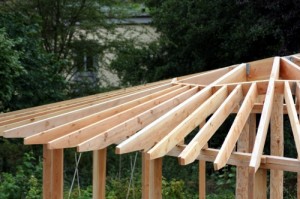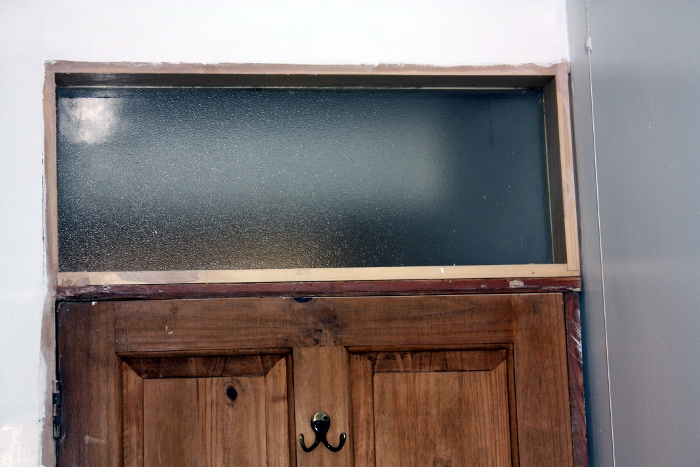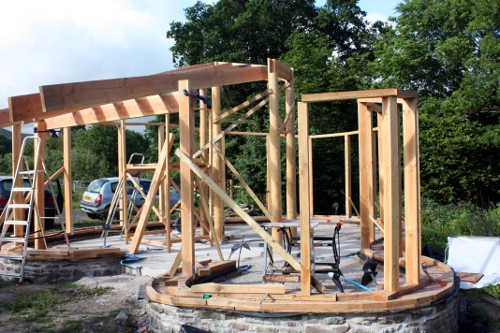Are carpenters & joiners different?
What’s the difference between a carpenter and joiner? You need something constructed from wood and you want the right person for the job. But do you search for ‘carpenters’ or ‘joiners’? Is there any difference between a carpenter and joiner or are they different terms for the same craft?
The difference between a carpenter and joiner.
In summary, a joiner usually makes the timber products that a carpenter fixes on-site. So, for example, a joiner might be employed to make the doors, frame and windows for a new building. Traditionally joiners would ‘join’ wood in a workshop; whereas a carpenter would construct the building elements on site. Carpenters would install the products made by joiners, and construct features like the roof trusses, joisted floors and stud-work for partitioning the building. Cabinet Making is type of fine joinery, crafting free-standing furniture.
Carpentry and joinery can therefore be understood as different specialisms within the same craft. In practice, there is crossover between the two disciplines, with apprentices learning many of the same wood-working techniques. However, it is worth asking about a firm or craft-person’s expertise, particularly if you need specialised components. A joiner may make beautiful staircases but a carpenter may do a better job in fitting it in your house. Similarly, a carpenter may skillfully hang and balance your doors but a joiner may make superior replicas.
How to choose between a carpenter or joiner.
In deciding whether to employ a carpenter or joiner, it is best to pick crafts-people according to their experience relative to the project. For example, extensions or alterations to a historic building would require specialised knowledge and experience in building conservation. If you need both a carpenter and joiner, the advantage of employing a business that provides both services is simplicity: it is easier to manage a project if you do not have to coordinate several crafts-people; and it avoids divided responsibility if problems arise.
We are carpenters and joiners.
At Oliver Gibbs Carpentry and Joinery, we specialise in carpentry but are also joiners that do cabinet making. We also have experience working with historic buildings. To find out more about the work of our carpenters and joiners in Shropshire, please see our list of services and portfolio of work. For a local carpenter or joiner in Shrewsbury, please call us for a free quote or estimate.
Have further questions about the difference between carpenters and joiners? Post your carpentry and joinery questions below and we’ll try and answer them.





9 Comments
McMullen Carpentry and Joinery · June 27, 2012 at 2:44 pm
Nice to see someone trying to answer this question. I’m forever being asked this one. I think I’ll direct them here in future.
sani · May 27, 2013 at 9:29 am
extremely nice
alan · February 12, 2014 at 1:45 am
Wish I could explain it this well when people ask.
Ashton Joinery · May 29, 2015 at 12:14 pm
This would help many people. Being a joiner myself I can confirm this question is asked frequently. Good explanation, good work.
Dick Galley · January 7, 2016 at 11:15 pm
The woodworking professions of the construction industry are no longer well known any more. But the differences are quite distinct. Joinery is the first stage of all wood furniture for installation into buildings internally and as part of the external envelope. This includes doors, windows, roof trusses, machined mouldings like skirtings, architrave, cornices, etc.
Carpentry is the installation on site of the aforementioned products plus on-site manufacture of roofs, formwork’s, shuttering. Carpentry refers to on-site wood activities and may include working with metal too. Carpentry is normally classed as shuttering and external works including site set up, first fixing that includes items like roofing installations, window installation etc. Second fixing that takes account of all internal carpentry operations e.g.. hanging doors, architrave and skirting fitting and sundry items like bath studding, internal walls, dry linings, flooring etc. All activities where wood work is involved work in synergy with all other trades on site.
Dick Galley FIOC MCIOB
Master Carpenter and Joiner.
Oliver · June 17, 2016 at 9:03 am
Helpful. Thanks for your comment.
David Wilson · January 12, 2016 at 4:59 pm
A very well written description, it’s a topic that often comes up when talking to clients. I usually use the example of Cathedral building where Carpenters were responsible for framing below arches and working on site whereas joiners would have made items off-site such as column capitals and decorative ribs for ceilings etc.
kevin · March 22, 2016 at 12:19 pm
Why do people see joiners as carpenters and is there a limit on what a joiner can charge having years of experience and skill.
Oliver · June 17, 2016 at 8:52 am
Hi Kevin
The terms ‘carpenter’ and ‘joiner’ are often used loosely in common parlance, which often results in the confusion. Charges will be determined by the market value of a joiner’s work, with skilled specialists commanding higher fees. I would suggest that customers always get several quotes to check whether they are getting a good price and agree costs upfront. You may find it help to read our guide on getting the best from a carpenter or joiner.
Thanks for your comment